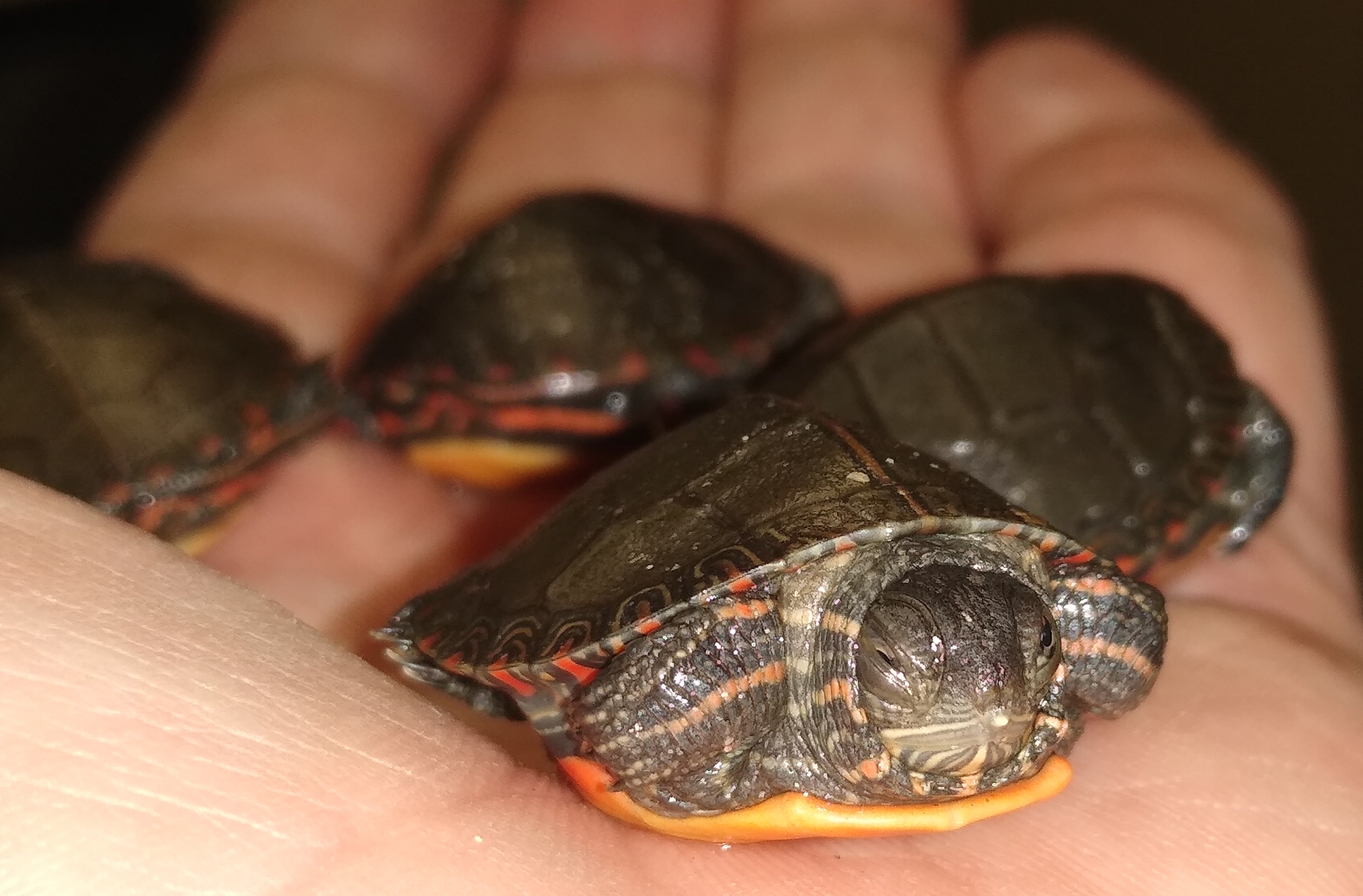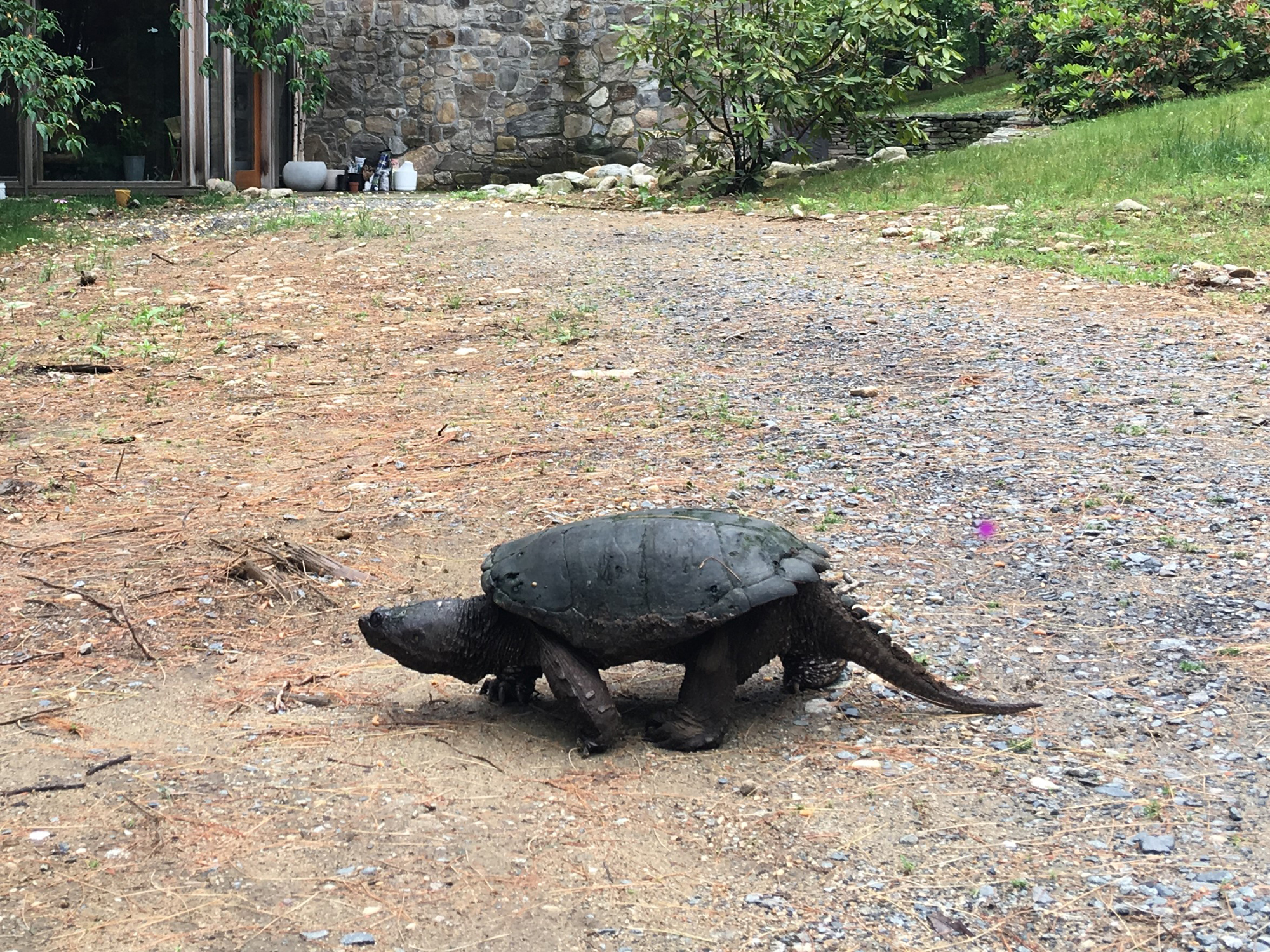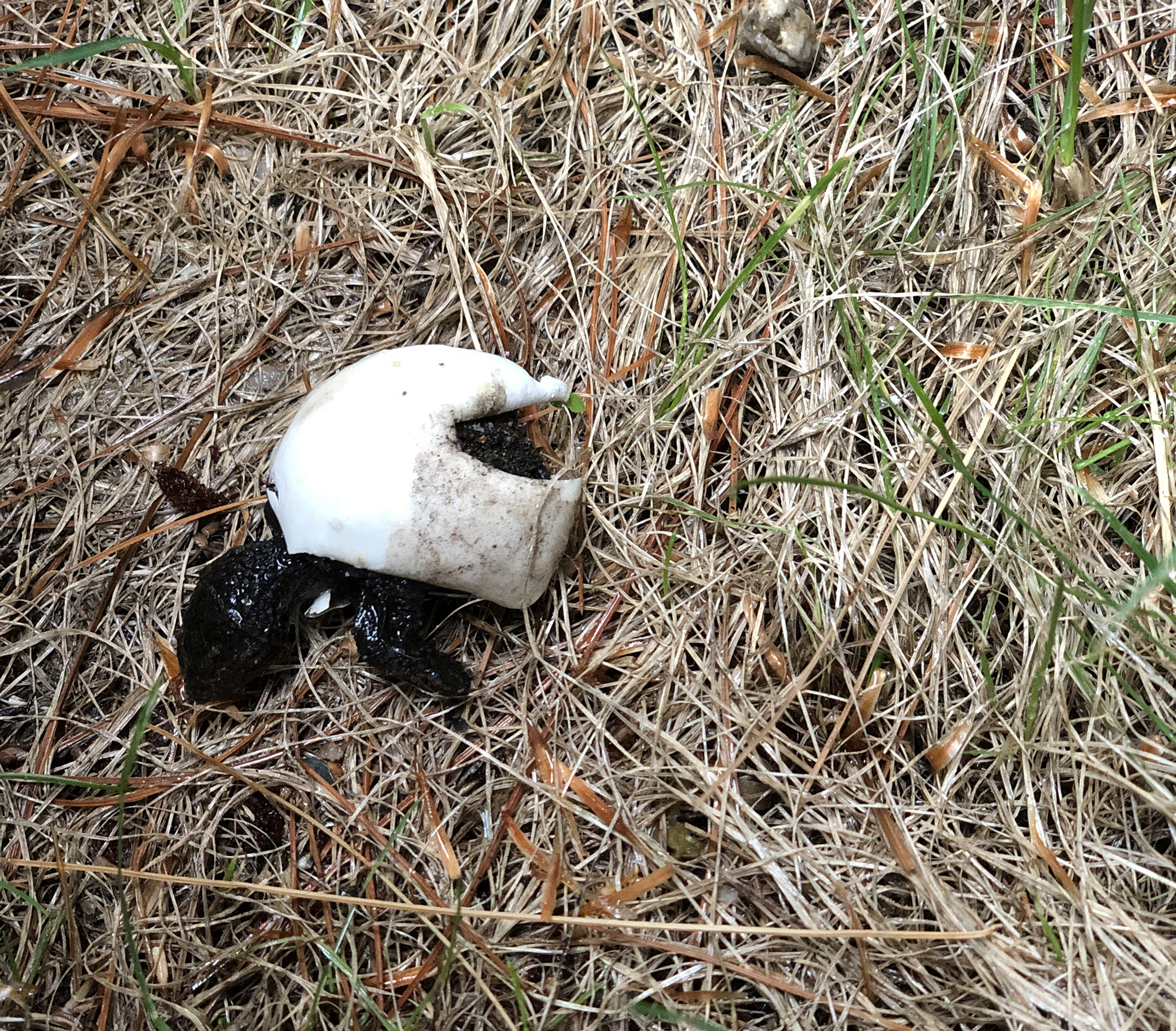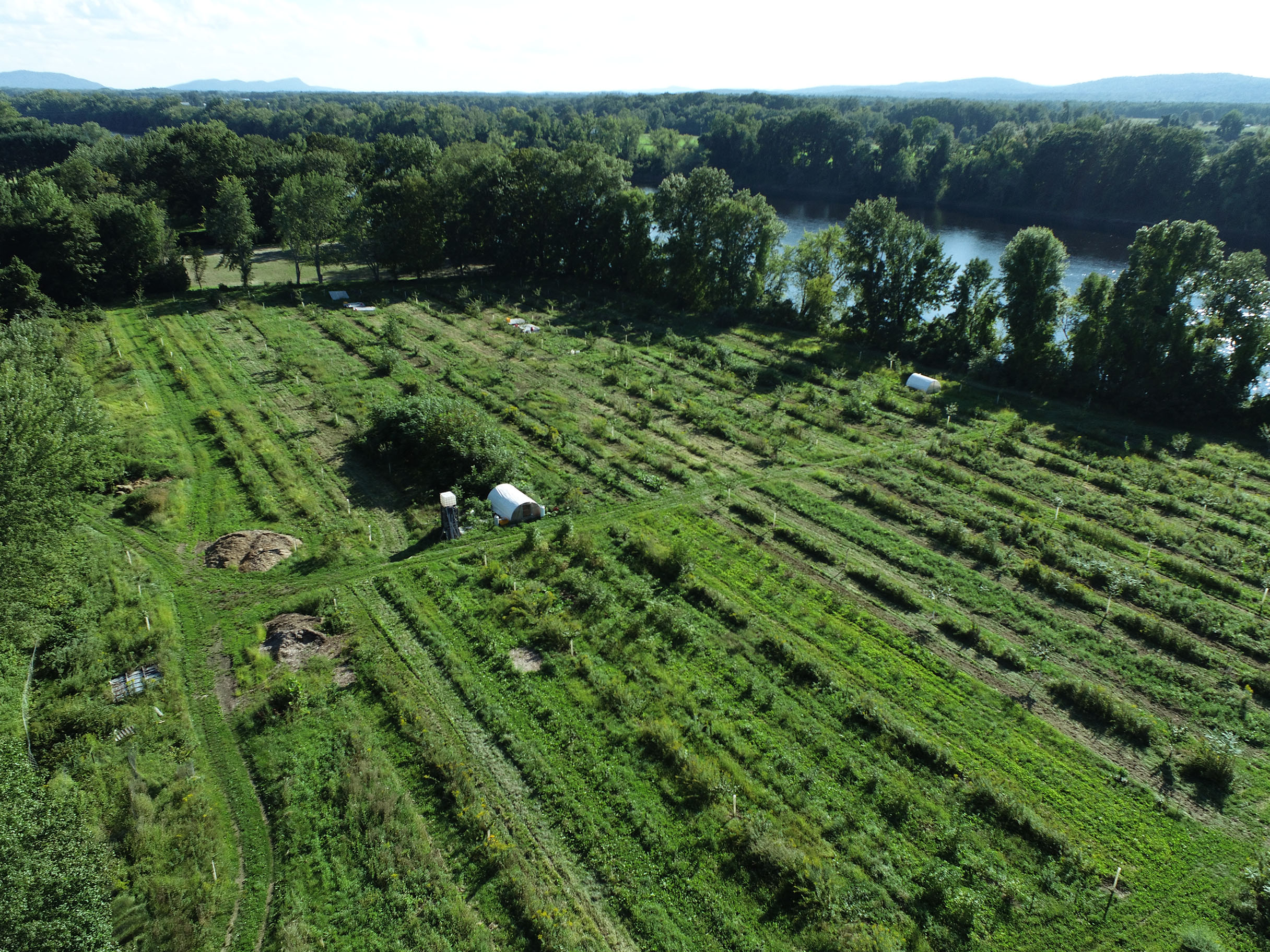
Designing with Wildlife in Mind
By Rachel Lindsay, Associate Designer
The design goals for so many of our projects include enhancing and protecting wildlife habitat. But “wildlife” encompasses so many species, and they all require very different habitats to thrive. Sometimes deciding which species we should design for is challenging, and sometimes it’s very clear.
Over the past two years I have been working at a property surrounded by wetlands and along a riverbank, where one wildlife species has presented itself very publicly. The first spring I was on site when an enormous snapping turtle (Chelydra serpentina) laid her eggs alongside the driveway, and then casually walked back across the front yard toward the river, passing ten feet from me without pausing.
Full grown snapping turtles are truly impressive. Their bodies are raised up on thick legs, and their long tails with pointed scales add to the overall impressive size and dinosaur appearance. Their bottom shells are much smaller than most freshwater turtle species, and unlike many turtle species they cannot withdraw into their shells. These vulnerabilities mean they rely on aggression and their sharp beaks to protect themselves when they feel threatened. We made sure to give her enough space and a clear path back to the river, and she didn’t seem perturbed by our presence at all.

After observing the seasonal nesting for two springs, it was clear that a portion of the family’s renovation plans for the landscape overlapped with the area where the turtles were laying their eggs. Because snapping turtle eggs can take up to 125 days to incubate, delaying construction until they hatched was not an option. So we reached out to a local ecological restoration organization and they helped transfer the nests to incubators. There were both snapping turtle and painted turtle (Chrysemys picta) nests near the house, and now there are tiny, recently hatched painted and snapping turtle babies to release. The snapping turtles take two days to fully hatch, and when they leave the nest they drag their yolk-sac with them for a bit.

The final renovated area near the house will maintain some open, sandy slopes and bare ground for turtle nesting habitat, and include additional pollinator plants and native shrubs to add another layer of enhanced wildlife habitat. We hope that the released tiny turtles will find their way back and encounter the right conditions to continue laying their eggs in the future.
Title Photo Credit: Oxbow Associates



This Post Has 0 Comments